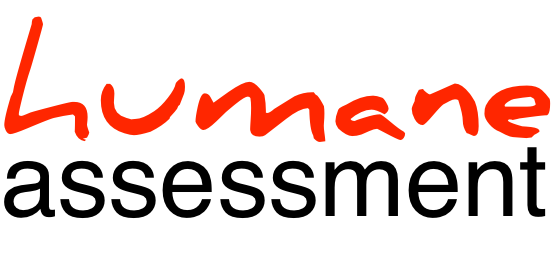Strategic assessment
While many operational problems can be assessed and solved on a daily basis or using a fast spike assessment, other problems are require more time and effort to deal with. These type of problems occur less often, are more coarse-grained and should be approached through a dedicated process.
![]()
Set the goal
Usually, the problems that trigger a strategic assessment are broad and ... strategic. It is typical for these kinds of problems to be expressed in less technical terms. The first step is to make them explicit. Examples can be:
- Is the current system good enough to build the next release on, should we refactor it, or should we build a new one from scratch?
- Is the system we are about to buy going to integrate with our existing infrastructure?
- How difficult is it and what does it cost to migrate the system to a new technology?
- How difficult is it to replace a part of the business logic with another one?
Involve the stakeholders
Looking at the system can tell you how the system looks like it, but it cannot tell you why. Only the people around the system can do that. They must be involved.
But, there is another reason why stakeholders must be involved. Often, when strategic assessment is involved the situation has a high visibility in the company, and during the inspection the imperfections from the project become larger than ever. This can induce a state of anxiety in the team. This is not desirable, because in the end, it is the team that should carry the project forward. For this reason, assessment should be positioned as support not as policing.
Refine
Assessment requires answers that are found deep in the technical details. Thus, the global problem must be refined into smaller ones that are closer to the technical details and that can be potentially answered with an analysis.
At first sight, the task can seem daunting. The trick is to start and work with the team. They will recognize when something is important and checkable.
Craft your tools
The essence of humane assessment is that when we have to look into large amounts of data, we want to have a tool that does it for us. Strategic assessment is no different.
A strategic assessment most probably involves multiple data sources, and a combination of analyses. The infrastructure used to build the afferent tools must make this combination and correlation easy.
Fight for data
For an accurate assessment you need appropriate data.
Because strategic problems are non-technical, it is often not straightforward to know what data is appropriate. Furthermore, even when you know what you want, it might be difficult to get your hands on the data.
For example, when assessing a system that is outside your organization, it might get politically difficult to get access to all data pertaining to the system. There are various reasons for it.
On the one hand, there exist the political and status reasons (e.g., who are you to check me?). Positioning the assessment project as a service is a good path to get acceptance.
On the other hand, because of lack of experience, people might not understand what data you need even if you ask for it explicitly. Ask again. Ask again. Fight for data. The quality of the decision depends on it.
Consider the context
The context of a strategic problem includes non-technical issues. For example, in a build/refactor/rewrite decision, it is important to know if the original team is still around or not. If the team is not around, even if the system is in good shape, a refactor-to-understand phase is probably the better option.
Always consider the context of decision making.
